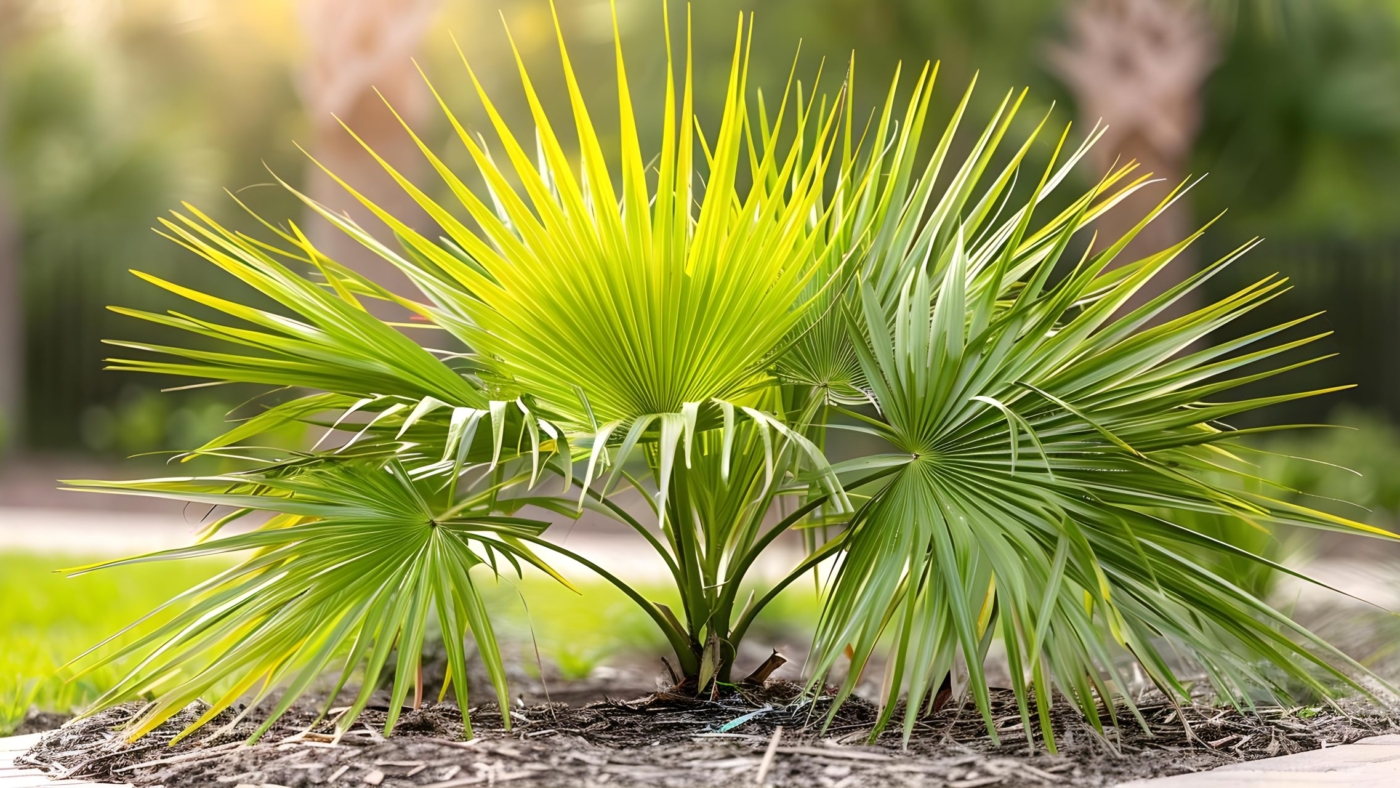Palms tend to divide opinion. Some see them as graceful architectural elements, while others view them as underwhelming trees that offer little shade. But for those who didn’t grow up with palms lining every street, the sound of rustling fronds and the visual of tall, exotic silhouettes can bring a touch of the tropics to the garden—especially in dry climates.
In the arid regions of the Southwest, with its wide range of microclimates, there’s real potential to experiment with palm species. While growing conditions can vary dramatically from one zone to the next, a handful of well-adapted palms thrive in desert environments and can even tolerate some cooler temperatures.
Here’s a look at several outstanding palms for desert gardens:
California Fan Palm
Washingtonia filifera
Zones: 9–11
Size: Tall with a wide crown
Conditions: Full sun; sandy or loamy soil with good drainage
Water Needs: Low to medium
This native palm of the Southwest is slow growing but well suited to dry conditions. Its thick trunk distinguishes it from its more slender cousin, the Mexican fan palm. Though found naturally in scattered oases, it can be a bold native accent in home landscapes with occasional watering.
Mexican Blue Hesper Palm
Brahea armata
Zones: 9–11
Size: Medium-tall with a narrow crown
Conditions: Full sun; rocky soil with good drainage
Water Needs: Low to medium
Native to Baja California, this palm features stunning silvery-blue fronds that fade to blue-green as the plant matures. Mature specimens produce long, cascading sprays of creamy-white flowers. It thrives in hot, dry spots—especially where water can be collected from rain events.
Waggie Palm (Windmill Palm Variant)
Trachycarpus wagnerianus
Zones: 7–9
Size: Compact with a tidy crown
Conditions: Full sun to partial shade; average soil with good drainage
Water Needs: Medium
Ideal for cooler climates, this small, slow-growing palm has refined, symmetrical fan leaves and a neat trunk. It’s perfect for smaller spaces or groupings and performs well with moderate watering.
Mule Palm
× Butiagrus nabonnandii
Zones: 8–10
Size: Medium-tall with a wide crown
Conditions: Full sun to partial shade; average soil with good drainage
Water Needs: Medium
This hybrid palm brings the graceful, arching fronds of tropical species to more temperate gardens. It combines the hardiness of one parent with the elegance of the other, offering feather-like leaves and reliable performance in warm regions. While not suitable for tight spaces, it’s excellent for larger gardens where its broad canopy can shine.
Rock Palm
Brahea calcarea
Zones: 9–11
Size: Medium height with a rounded crown
Conditions: Full sun; rocky or loamy soil with good drainage
Water Needs: Low to medium
An underused gem, this palm features circular green fronds on smooth petioles and a slow growth habit. It can take many years to develop a trunk, making it an attractive low-growing palm for many seasons before it matures. Ideal for creating a calm “oasis” feel in dry gardens.
Senegal Date Palm
Phoenix reclinata
Zones: 9b–11
Size: Tall and spreading; clustering growth habit
Conditions: Full sun; sandy or loamy soil with good drainage
Water Needs: Low to medium
This palm thrives in warm climates and develops into a dense, multi-trunked canopy over time. Its feathered fronds and spreading habit create a lush, tropical atmosphere, though it requires ample space to grow. Once established, it offers beautiful form and gentle shade with minimal water needs.
Bring the Tropics to the Desert
With the right selection, palms can thrive in the challenging climates of desert gardens. Look for species that suit your local conditions and garden size. Whether you seek a compact showpiece or a towering canopy, palms bring movement, structure, and a sense of escape to arid landscapes.

